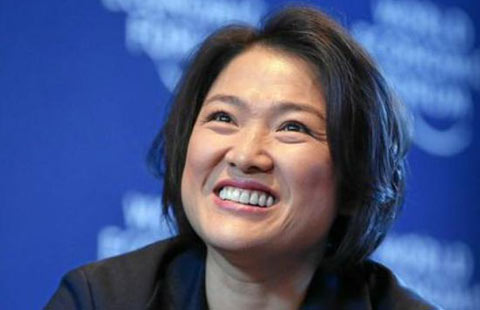Challenges galore at the high end
By Jeff Gong (China Daily) Updated: 2014-05-30 07:41Starting to make adjustments according to the needs of the Chinese market would be a wise choice. Changes may not be easy, but passively waiting for the market to prove the error of pre-market positioning may bring about a cruel result.
In December 2012, I published in China Daily a commentary on how premium brands should be positioned to win over the Chinese market, but 15 months later they have done little toward this. On the contrary, they all started to set their prices in China higher than those in Europe, but at the same time the lack of support in design and product services continued. Only by imitating the practices of the luxury brands, will they put themselves in a dangerous position. Chinese consumers have a greater need for reasonably priced quality high-end products.
In China there is huge demand for high-end apparel products that cost between 200 euros ($275) and 600 euros. As almost all the luxury brands have adopted the marketing, skimming and pricing strategy, their retail prices in China are much higher than those in Europe and the United States. This has left the Chinese clothing market a huge block of medium-to-high consumers. A luxury men's woollen suit, for example, generally costs 1,500 euros, while Chinese local consumers will accept a price between 300 euros and 600 euros. However, in that price range, there are few international premium brands.
In the past 20 years, hundreds of Chinese domestic brands have prospered in this price range, and formed a very competitive Chinese domestic brand cluster. In February, Marisfrolg Women announced the acquisition of Italian fashion brand Krizia. It was founded in 1993 and its retail prices are between 300 euros and 1,000 euros. Through two decades of painstaking efforts, Marisfrolg has become China's leading brand of high-end women's wear. It has more than 400 stores in the country with annual sales of nearly 300 million euros, and its subordinate brands Masfer.Su, Aum along with Marisfrolg all enjoy robust sales.
Compared with local Chinese brands, high-end European premium brands have a significant advantage in product designs. As Chinese consumers prefer European brands, especially Italian and French, they are willing to pay a slightly higher price than they would for similar Chinese brands. If these European premium brands can properly adjust prices, domestic processing, design, production and customer service to the needs of local Chinese consumers, they will soon achieve excellent sales results in the Chinese market.
I propose the following suggestions on how premium consumers can win over Chinese consumers.
- Volvo: On track to lower-key luxury
- VW brings soccer and skills to youth in need
- Leading the charge to e-mobility
- Expansion work starts on VW's Ningbo base
- Partnership gears up for electric car pilot zone
- Car sharing on the road to China
- China Mobile creates arm to tackle bad info
- China, southern neighbors seek trade balance

















